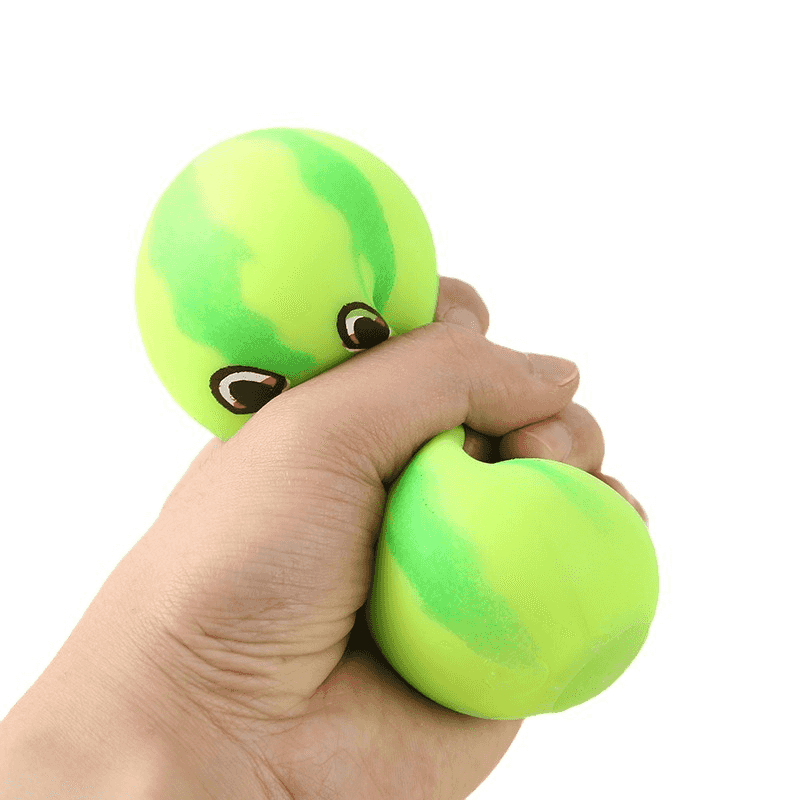Stress squeeze balls have become a popular tool for managing stress and improving hand strength. These small, handheld devices offer a simple way to relieve tension by providing a physical outlet for nervous energy or muscle strain. When considering the design and functionality of stress squeeze balls, the materials used in their construction play a vital role. The choice of material affects not only the feel and durability of the ball but also its safety and effectiveness.
The widely used material in stress squeeze balls is polyurethane foam. This material is soft, flexible, and resilient, allowing the ball to return to its original shape after being squeezed. Polyurethane foam offers a good balance between softness and resistance, which makes it comfortable for extended use without causing fatigue. Additionally, foam balls are lightweight, which adds to their portability and convenience. Many manufacturers choose polyurethane foam because it can be easily shaped and colored, allowing for a variety of designs and sizes.
Another common material found in stress squeeze balls is gel-based substances. Gel balls typically have a thicker, semi-liquid core enclosed by a soft outer layer made of materials like latex or silicone. The gel inside provides a distinct squishy texture that some users find satisfying and therapeutic. These gel-filled stress balls can offer varying levels of firmness depending on the gel density, making them suitable for different preferences and needs. However, gel balls may be less durable than foam balls since the outer casing can sometimes rupture if subjected to excessive force.

Silicone is also frequently used in stress squeeze balls, particularly for the outer shell or in entirely silicone-based balls. Silicone offers excellent flexibility and durability while remaining soft to the touch. It is hypoallergenic and resistant to wear and tear, which makes it a good option for users with sensitive skin or allergies. Silicone stress balls can be smooth or textured, providing different tactile experiences. In some designs, silicone covers a gel or foam core to combine the benefits of both materials.
In addition to these primary materials, some stress squeeze balls incorporate rubber or thermoplastic elastomers (TPE). Rubber provides good elasticity and grip, which helps prevent the ball from slipping out of the hand during use. TPE is a versatile material that combines the qualities of rubber and plastic, offering a soft yet durable surface. These materials can be molded into various shapes and patterns, enhancing the ball’s appeal and grip.
The choice of materials is important for safety reasons as well. Since stress squeeze balls are often handled frequently and sometimes shared, manufacturers tend to use non-toxic, BPA-free, and phthalate-free materials to reduce health risks. This ensures that the balls are safe for all users, including children.
Another consideration related to materials is the environmental impact. Some brands are moving towards eco-friendly options by using biodegradable foams or recycled plastics in their stress squeeze balls. This shift reflects a growing awareness of sustainability and the desire to reduce plastic waste in consumer products.
Each material offers distinct characteristics in terms of softness, durability, texture, and safety. The choice of material affects the overall experience of using the stress squeeze ball, including comfort, longevity, and effectiveness. Understanding these materials helps consumers make informed decisions when selecting a stress squeeze ball, ensuring that they get a product that fits their preferences and requirements. Manufacturers continue to explore new materials and combinations to improve the quality and environmental footprint of stress squeeze balls. This ongoing innovation contributes to the popularity and usefulness of these simple yet effective tools for stress relief.

